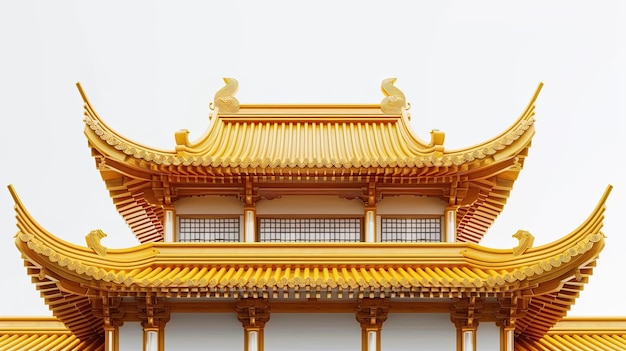Embark on an Adventure to the Enigmatic Forbidden City


The Forbidden City often feels like something out of a fairy tale, more myth than reality. Despite that, it’s a very real place with tremendous historical and cultural significance. As the center of imperial China, it’s both breathtakingly beautiful and a key piece of human heritage. The entire complex spans over 700,000 square meters, making it practically a city within a city. Known as Zijin Cheng or the Purple City, it’s a collection of palaces, temples, and buildings, all encased by massive walls. These walls once housed the imperial family and their court.
The Forbidden City was constructed in 1406 by the orders of the Ming emperor Zhu Di when he moved the capital back to Beijing. From that time until 1911, it served as the residence for 24 emperors. The impressive walls surrounding the area are about 10 meters high, with substantial towers at each corner, and a wide moat further fortifying it. To reach the central parts, you first pass through the main entrance, the Meridian Gate, followed by the Gate of Supreme Harmony. This leads you to a famous square, often seen in countless films, which hosted military parades and major celebrations.
In this square stands the Palace of Supreme Harmony, perched on a stone terrace 40 meters high. This is the tallest and most commanding structure in the Forbidden City. It was here that the most crucial ceremonies took place and where the emperor and his officials often gathered.
Behind the main buildings lie the courtyards where the imperial family resided. The Palace of Heavenly Purity, representing Yang, was where the emperor lived. The Palace of Earthly Tranquility, or Yin, was the residence of the empress, with the Palace of Union situated between them to symbolize balance. Surrounding these principal buildings are smaller structures meant for the emperor’s concubines and children, along with elaborately decorated temples and gardens.
Visiting the Forbidden City today is like stepping back in time. The rooms function as a museum, displaying furniture, various items, and parts of the imperial treasury, allowing visitors to admire the majesty and treasures of the emperors.
By Elsi H